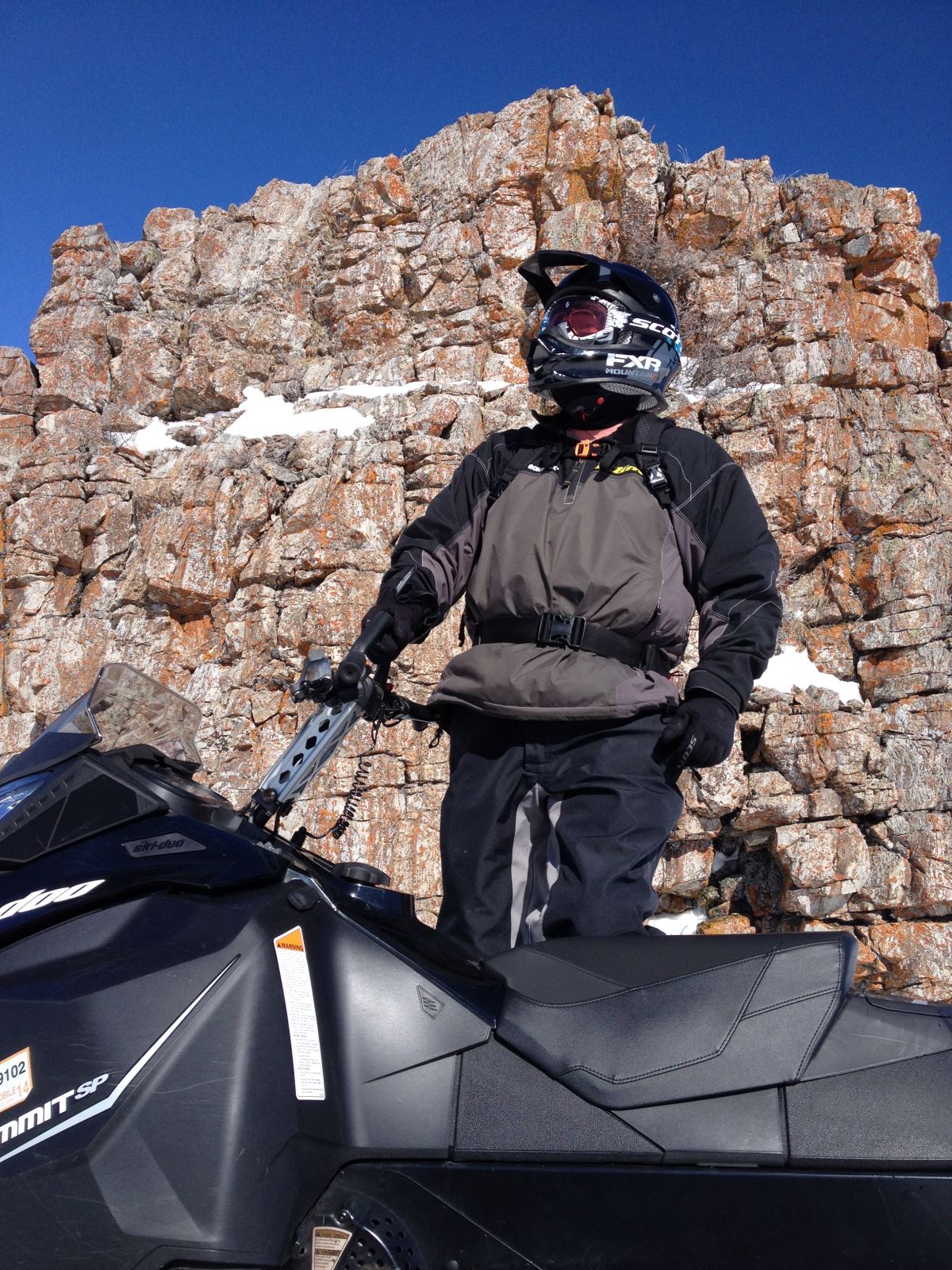About 38 years ago I was attending a state snowmobile convention when someone commented that I looked really young to be an editor of a nationally distributed snowmobile publication.
I was 28 years old at the time. I had graduated from the University of Utah three years earlier so I thought I was a seasoned vet and was only considered young because of my blond hair and childish grin that made me look like I was still in high school.
I responded that although my appearance mike give the mistaken impression that I was inexperienced, I had ample training from working at newspapers and being an assistant editor at Snowmobile West for a year. At the time I thought I was truly a seasoned vet and perhaps one of the top 10 smartest snowmobile journalists in the world (keep in mind that at the time there were only three or four other significant snowmobile publications around).
After all, I had experienced the natural progression of working my way into the snowmobile industry (my dream job) and becoming an editor. I had the world by its tail and my future looked bright … after all, I was getting paid to ride snowmobiles.
I now realize that I didn’t know much back then. Sure, I could string a few cleverly crafted sentences together and inform/entertain my readers as I wrote about a subject that was very dear to me—snowmobiling. I knew what I knew, and just assumed that was all there was to know.
Hindsight offers such a greater perspective. I now realize that although I certainly had enough talent to get by, I also had a lot of limitations and relied on the talents of others to actually succeed.
Oh, I had the ability to ride a snowmobile and know what I liked and what I didn’t like. I could look at sled features or aftermarket products and sense whether they were good or just a bunch of hype. I could remain objective about those things that I may not like but still seemed to work for others. Some products were created for specific riding styles.
I could separate things that I liked that worked with things that I didn’t like, but still worked; and things that just didn’t work.
But what I lacked was the ability to latch onto details and understand the intricacies of a snowmobile—the things that made CJ Ramstad and Jerry Bassett industry legends.

I was 28. I was living the dream, spending my life around snowmobiles. I was rubbing shoulders with Ramstad, Bassett and other true snowmobile journalist giants like Jim Beilke, Terry Kehoe and Kent & Mark Lester. I was riding with Kirk and Rex Hibbert, Jim Noble, Chuck Wells, Jack Struthers and Chris Ruske. I was attending meetings with Edgar Hetteen, Ray Brandt, Chris Twomey and Ole Tweet. I received tech briefings from Bob Eastman, Ray Monsrud, Joey Hallstrom, Brad Hulings and Roger Skime. Basically, everyone on the Who’s Who list of snowmobiling became part of my daily life … and over the next few decades many would become good friends.
It was a great job. I was with the movers and shakers. I was growing up with industry giants, race legends and diehard enthusiasts. I had a front row seat for the development of the modern-day snowmobile.
Now, nearly four decades later, I’m still able to rub shoulders with great individuals … and I’m watching the next generation of snowmobile designers, leaders and journalists come along—many who think, just as I did, that they know everything there is to know about this industry.
I still reflect on that conversation years ago when the comment was made “Aren’t you a little young to be an editor of such a popular snowmobile magazine?”
I’ve lived the dream. I’ve witnessed the progression. I’ve ridden practically every snowmobile model built in the last 40 years. I can’t say I’ve become any smarter, but I’ve certainly become wiser. Back then I might have believed I was a sage veteran of the industry. But as I look at myself today … yes, I am a little young to be an editor. And thanks to snowmobiling, I hope I continue to stay young.
And they pay me to do this.